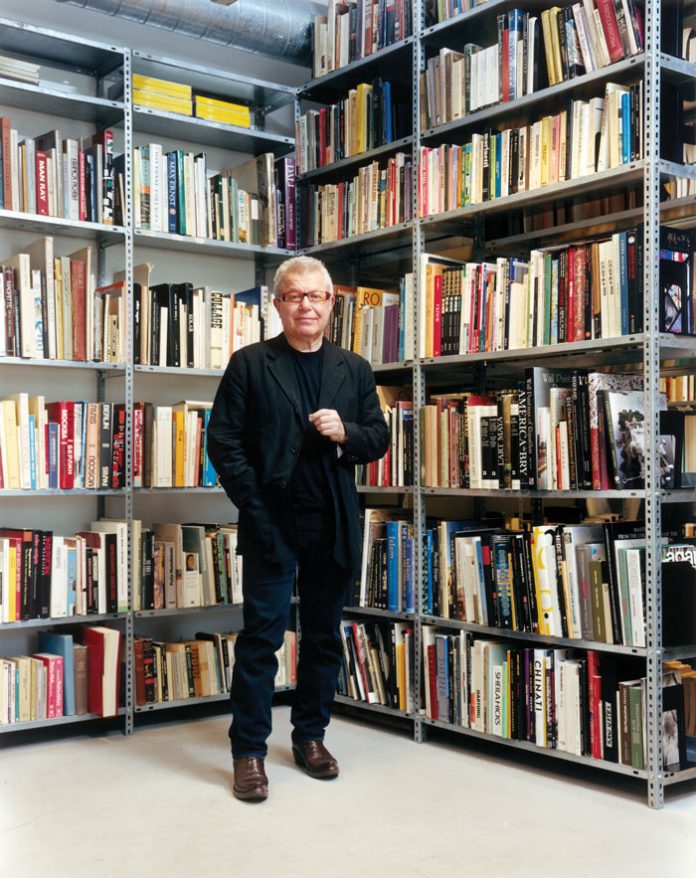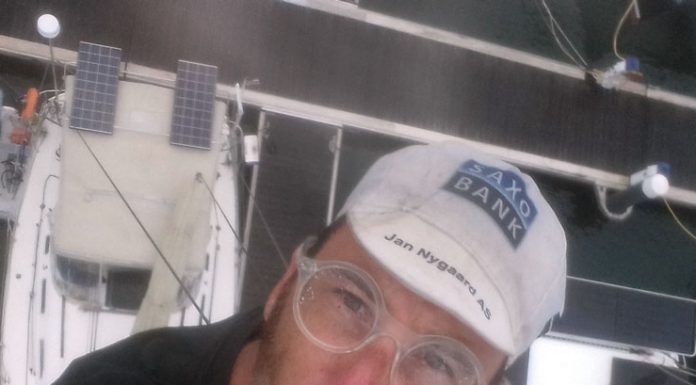If ever a gorgeous blue sky could give me the chills, it was on my recent visit to the World Trade Center site. The serenity of the weather was unnerving. Here I was at Ground Zero, dwarfed by dozens of skyscrapers, the rush of water from the memorial pools crushing my eardrums, and the weather was as glorious as it had dared to be on that fateful September 11.
It could have been me.
I looked up fleetingly, trying to envision what so many innocent eyes had beheld at that heart-stopping moment when, seeking the source of the deafening roar, they had watched the belly of a huge aircraft bearing down on them, eclipsing the sun and plunging into the Towers, but I quickly lowered my eyes. The tree-lined water memorial was here to help visitors find solace.
Before stepping away to meet the chief architect of the memorial, the world-acclaimed Daniel Libeskind, whose winning design had secured him the gargantuan project, I glanced randomly through the thousands of victims’ names etched in bronze: Edmond M. McNally, John Clinton Hartz, Edwin J. Zambrana, Jr., Vanessa Lang Langer and her unborn child…
With a heavy heart, I pulled myself away and walked toward Studio Libeskind, located across the street from the site. It is thanks to Daniel Libeskind that the memory of the victims lives on.
The modern studio, as one might imagine, is sweeping and open-plan, with glass partitions in place of walls. Funky exposed pipes snake across the ceiling. The grand windows offer a panoramic view of downtown Manhattan, with tiny cars and people moving at a frenetic pace, while inside, in his 18th floor office, a huge team of young architects face their screens, engrossed, dreaming up future Libeskind designs for projects in Israel, Africa, Europe and beyond.
I am a minute or two early. While waiting for the hour to strike—there is no room for lack of punctuality in the architectural world, whether early or late—I admire wooden replicas of some of Libeskind’s notable projects, including the WTC; his miniature structures are distinguished by acrylic parts. Quirky art adorns the exterior walls, models of giant structures or memorials built around the world.
Then Mr. Libeskind arrives, accompanied by Nina, his wife and business partner, and we go into a conference room.
Shtetl Roots
“I am a Jew,” Libeskind begins without prompting. “My family comes from Lodz, Poland. My parents were Holocaust survivors. Most of their relatives perished. My father, Nachman Libeskind, counted 88 members of his immediate family who were murdered.”
The name Libeskind is recent. When his grandfather, Chaim, had to register in a census with a last name, he gave the authorities his Yiddish nickname, “lovely child,” spelling it without the first e so that it appeared undeniably Yiddish and not German.





















